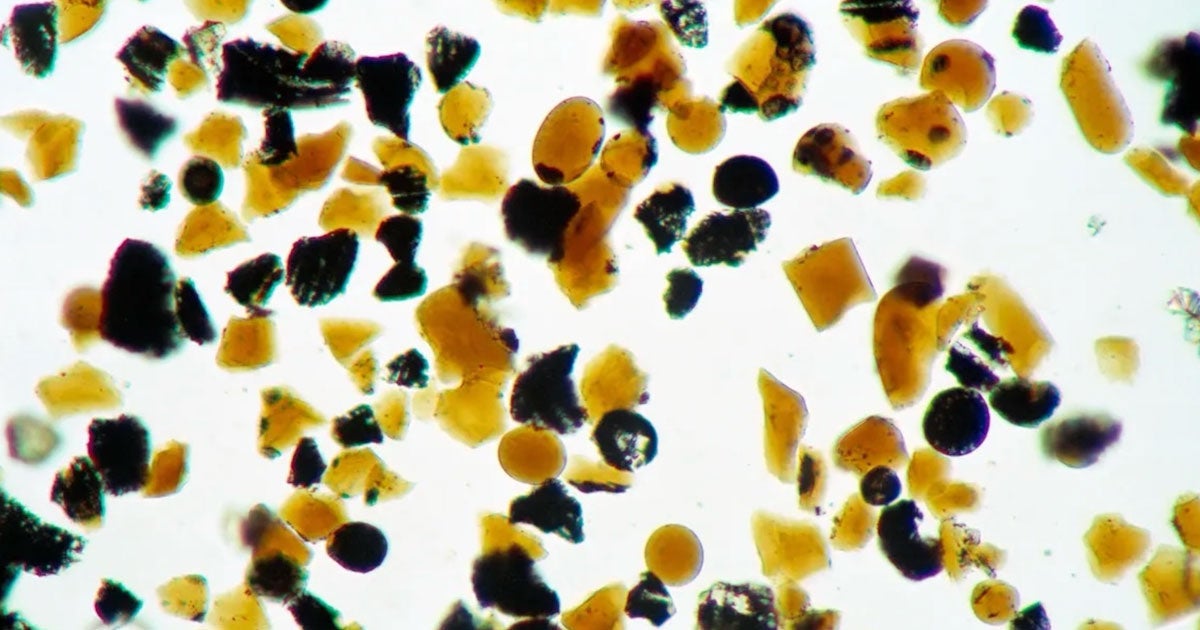
More than 50 years ago, during the historic Apollo missions to the Moon, astronauts encountered something unexpected amid the otherwise gray and barren landscape: tiny, vividly colored orange beads scattered across the lunar surface. These peculiar structures caught the attention of the scientific community but have remained something of a mystery ever since.
Now, scientists are taking a renewed look at these orange beads—and their fascinating origin story—offering new insights into the evolution of the Moon and its geological activity. These glassy spherules, also referred to as “orange soil,” were first collected during the Apollo 17 mission in 1972, when astronaut Harrison Schmitt, a geologist, noticed them near a crater in the Taurus-Littrow Valley.
Subsequent analysis revealed that the beads are tiny droplets of volcanic glass, formed during explosive volcanic eruptions on the Moon more than 3.5 billion years ago. These eruptions ejected material from the Moon’s interior, which quickly cooled and solidified into glass as it was thrown onto the surface.
What’s particularly intriguing about these formations is their potential to contain volatile elements—such as water and other gases—that scientists previously believed were largely absent from the Moon. The discovery of volatiles within the beads has led researchers to revisit theories about the Moon’s composition and volcanic history. If these materials were indeed outgassed from the Moon’s mantle during ancient eruptions, it would suggest a more complex and dynamic lunar history than previously assumed.
Recent advances in analytical techniques have allowed researchers to re-examine the beads using modern equipment. Sophisticated tools like mass spectrometers and electron microprobes can measure the precise chemical makeup of the beads, potentially unlocking data that was not accessible in the 1970s. Initial results suggest that the beads might contain trace amounts of hydrogen and other elements that could even provide clues about the sources of water on the Moon.
Understanding the origin and composition of these orange beads could enhance future lunar exploration efforts. For instance, quantifying the volatile content could help assess the Moon’s potential to support human habitation through in-situ resource utilization—such as extracting water from lunar soils.
As space agencies like NASA prepare for upcoming missions under the Artemis program, including plans for establishing a sustained human presence on the Moon, findings from these tiny orange beads might prove more important than ever. They serve not only as a window into the Moon’s ancient past but also as guiding markers for its more immediate future.
Source: https:// – Courtesy of the original publisher.








